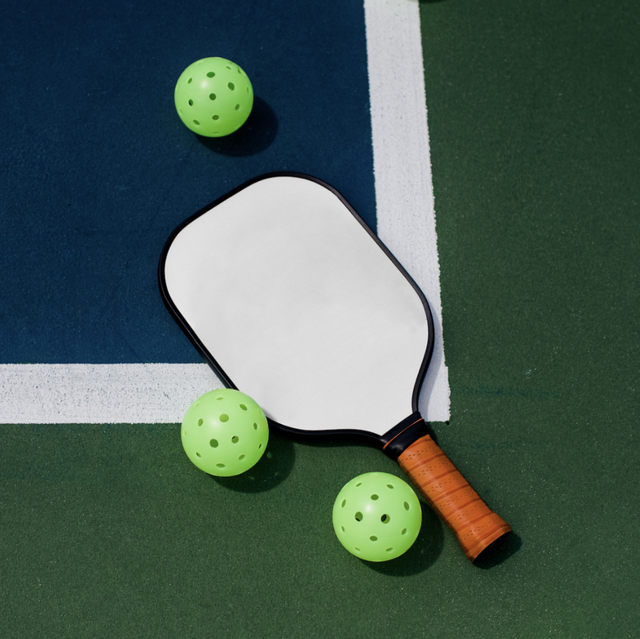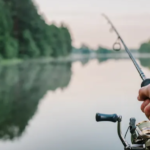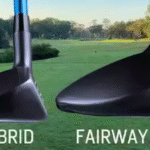Finding the perfect pickleball paddle can feel daunting, especially with the plethora of choices out there. Whether you’re a seasoned player, a beginner just starting out, or someone who loves staying active and fit, the right paddle can significantly impact your game. Picking the wrong paddle might hinder your performance and enjoyment. Let’s navigate this journey together and find the paddle that fits your needs perfectly.
Paddle Weight: The Game Changer
One of the primary factors to consider is the paddle’s weight. Paddles typically range from 6 to 14 ounces. The weight directly affects your control and power. Lightweight paddles (6-8 ounces) are easier to maneuver and control, making them great for beginners or those who prioritize control over power. However, they might not offer as much power on your shots, which can be a disadvantage if you play a lot of aggressive or offensive games.
Conversely, heavyweight paddles (over 8 ounces) provide more power but can be harder to control. They can be physically demanding, making them less suitable for prolonged play sessions. Intermediate and advanced players often prefer these for their ability to deliver powerful shots. If you’re looking for a paddle that’s just right for you, try heading on over to https://aplpros.com/.
Grip Size: Comfort is Key
The grip size of your paddle is another critical factor, often overlooked by beginners. A comfortable grip ensures better control and reduces the risk of injuries like tennis elbow.
Paddles typically come with grip circumferences ranging from 4 to 4.5 inches. A smaller grip allows for more wrist action, which aids in spin and control, while a larger grip provides more stability, reducing the chance of slipping from your hand.
To find your perfect grip size, measure the distance from the middle crease in your palm to the tip of your ring finger. Alternatively, hold the paddle and see if you can fit your other hand’s index finger snugly between your fingers and palm. If it fits perfectly, you’ve found your grip size.
Material Matters
Pickleball paddles are made from various materials, including wood, composite, and graphite. Each material offers distinct advantages and disadvantages. Wooden paddles are the most affordable and durable but tend to be heavier. They’re an excellent choice for beginners on a budget or for recreational play.
Composite paddles strike a balance between weight and cost. Composite manufacturing offers a good blend of power and control, making these paddles popular among a wide range of players. These paddles often feature a core made of polymer, aluminum, or Nomex honeycomb, impacting their playability.
Graphite paddles are the top-tier choice, offering light weight and superior performance. They provide excellent control and power, which appeals to serious and competitive players, albeit at a higher price point.
Shape and Size: Finding Balance
The shape and size of a paddle can influence your game as well. Traditional paddles are around 8 inches wide and 15.5 inches long, offering a balanced mix of control and power. Elongated paddles, which are longer and narrower, provide extra reach and power at the expense of some control. They are favored by singles players who need to cover more ground. Wide-body paddles are shorter and wider, offering a larger sweet spot, which is forgiving and perfect for beginners or players who prioritize control and consistency.
Testing and Trying Out
If possible, try out different paddles before making your decision. Many sports stores offer demo paddles, and some pickleball clubs have paddles available for members to test. Feeling the paddle in your hand and hitting a few balls can provide invaluable insight.
Final Thoughts
Picking the right pickleball paddle is a blend of understanding technical specifications and personal preferences. It’s about finding a paddle that complements your play style, feels comfortable in your hand, and enhances your enjoyment of the game. Remember, there’s no one-size-fits-all solution. What works for one player might not work for another. Take your time, try different options, and don’t be afraid to seek advice from more experienced players or coaches.















